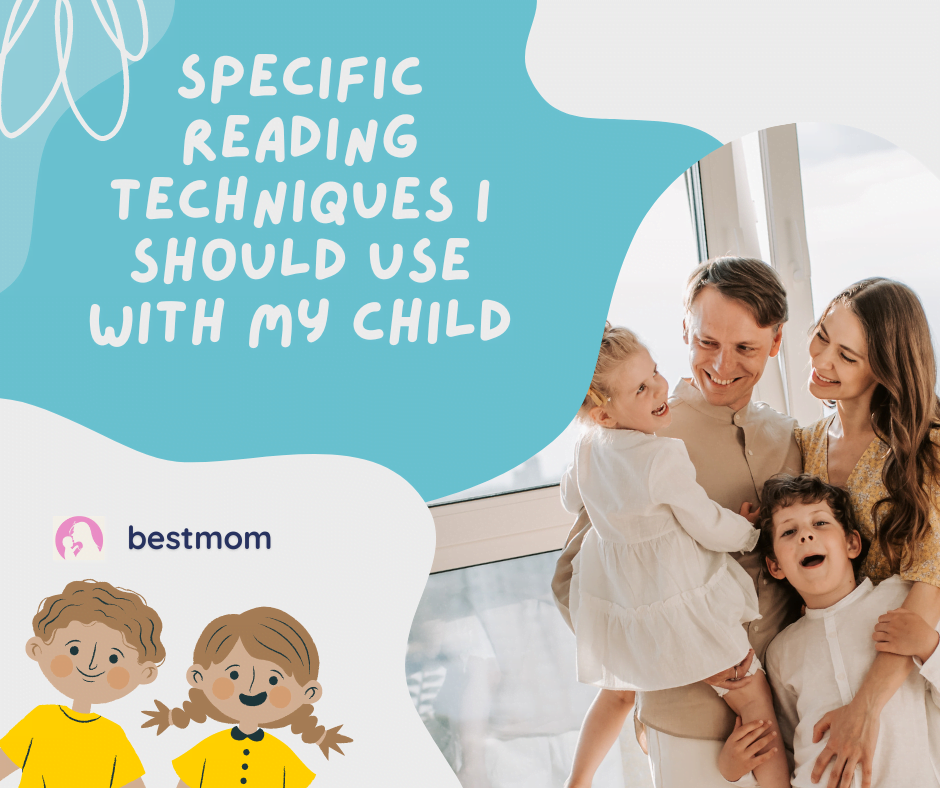Reading at the age of five is not an absolute must, but it is highly encouraged. By the age of five, many children are developmentally ready to start learning to read, and early literacy skills can have a significant impact on a child’s future academic success. Here are some reasons why reading is beneficial for children at the age of five:
1. Language development:
Reading helps children expand their vocabulary, develop better grammar and sentence structure, and improve their overall language skills. It exposes them to new words, ideas, and concepts.
2. Cognitive development:
Reading engages a child’s brain and promotes cognitive development. It helps with memory, concentration, and critical thinking skills.
3. Imagination and creativity:
Reading stimulates a child’s imagination and fosters creativity. It exposes them to different worlds, characters, and ideas, encouraging them to think beyond their immediate experiences.
4. Emotional development:
Books often touch on various emotions and situations, helping children understand and process their own feelings. They can learn about empathy, compassion, and how to navigate different social situations through stories.
5. Bonding and social interaction:
Reading with your child creates a special bonding experience. It provides an opportunity for quality one-on-one time and promotes positive parent-child relationships. It can also be a social activity if done in groups or with siblings.
While reading is highly beneficial, it’s important to note that children develop at their own pace. Some children may show a strong interest in reading at an early age, while others may take more time. The key is to create a positive and supportive environment that encourages a love for books and reading.
Here are some tips to foster a reading culture at home:

1. Read aloud to your child:
Start by reading aloud to your child regularly. Choose books with engaging stories, colorful illustrations, and age-appropriate content. This will help develop their listening skills and expose them to the joy of storytelling.
2. Provide access to books:
Create a reading-friendly environment at home by having a variety of books available. Include picture books, early readers, and age-appropriate magazines or newspapers. Visit libraries and bookstores together to explore different readin9 materials.
3. Be a reading role model:
Let your child see you reading books, magazines, or newspapers. Children often imitate their parents’ behaviors, so your own readin9 habits can inspire them.
4. Make it fun:
Make reading an enjoyable experience by using funny voices, acting out parts of the story, or incorporating props. You can also ask questions, discuss the story, and encourage your child to share their thoughts and ideas.
5. Be patient and supportive:
Every child learns at their own pace. Be patient and supportive if your child is struggling with reading. Offer encouragement, praise their efforts, and provide assistance when needed.
Remember, the goal is to cultivate a love for reading and make it an enjoyable and enriching experience for your child.
Are there any specific reading strategies or techniques I should use with my child?

Certainly! Here are some specific reading strategies and techniques you can use with your child to enhance their readin9 skills:
1. Phonics instruction:
Phonics is the relationship between letters and sounds. Teach your child the basic letter sounds and how they combine to form words. Use phonics-based books or materials that focus on letter-sound correspondence.
2. Sight words:
Sight words are commonly used words that children should recognize instantly. Practice sight words with flashcards or games to help your child develop fluency and automaticity in readin9.
3. Guided reading:
Choose books that match your child’s reading level. During guided reading sessions, read together and provide support when they encounter unfamiliar words. Gradually increase the difficulty level as their readin9 skills improve.
4. Reading comprehension:
Encourage your child to actively engage with the story by asking questions about the plot, characters, and their opinions. Discuss the story’s beginning, middle, and end, and help them make connections between the events and their own experiences.
5. Word recognition strategies:
Teach your child strategies to figure out unfamiliar words. Encourage them to use context clues, break words into smaller parts, or look for common word patterns to decode unfamiliar words.
6. Read aloud:
Take turns reading aloud with your child. This helps improve their listening skills, fluency, and expression. Model proper readin9 techniques, such as pausing at punctuation marks and using appropriate intonation.
7. Reading for pleasure:
Encourage your child to read books they enjoy, even if they are slightly above their reading level. This can motivate them to tackle more challenging texts and develop a love for readin9.
8. Use technology:
Incorporate educational readin9 apps or interactive e-books that provide audio support and interactive features. These can make readin9 more engaging and help reinforce readin9 skills.
9. Create a reading routine:
Set aside regular time for readin9 each day. Whether it’s a bedtime story or a designated reading period, consistency is key to developing good readin9 habits.
10. Celebrate progress:
Praise your child’s efforts and celebrate their readin9 milestones. Create a positive and supportive environment that encourages their love for reading.
Remember, every child is unique, so adapt these strategies to suit your child’s learning style and preferences. Patience, consistency, and a nurturing environment are crucial in fostering a lifelong love for reading.
How can I help my child develop fluency and automaticity in recognizing sight words?
Developing fluency and automaticity in recognizing sight words is an important step in readin9 proficiency. Here are some strategies to help your child with sight word recognition:
1. Sight word practice:
Create flashcards or use pre-made sight word flashcards available online or at educational stores. Make it a daily practice to review and practice sight words with your child. Start with a few words at a time and gradually increase the number as they become more comfortable.
2. Sight word games:
Turn sight word practice into a fun game. Use activities like sight word bingo, memory matching games, or scavenger hunts where your child has to find and read sight words hidden around the house. Incorporate movement or competition to make it engaging and enjoyable.
3. Sight word songs and chants:
Many sight words can be set to catchy tunes or incorporated into chants. Sing or chant sight words together to help your child remember them. You can find sight word songs and videos available online or create your own.
4. Multisensory approaches:
Engage multiple senses to reinforce sight word recognition. Have your child write sight words using different materials like sand, shaving cream, or magnetic letters. They can also trace words with their fingers while saying them aloud. These multisensory activities enhance memory and make learning more effective.
5. Contextual readin9:
Encourage your child to read books that include sight words they are learning. Seeing the words in context helps reinforce recognition and understanding. Choose books with repetitive sentences or predictable text patterns that incorporate sight words.
6. Word walls:
Create a word wall in your child’s room or a designated learning area. Write sight words on large flashcards or sticky notes and display them prominently. Encourage your child to read the words on the word wall regularly.
7. Sight word apps and online resources:
There are many educational apps and online resources available that focus on sight word recognition. Explore interactive games, quizzes, and activities that can make sight word practice more engaging for your child.
8. Read aloud together:
When readin9 aloud with your child, emphasize and point out sight words. Encourage them to join in when they encounter familiar sight words in the text. This helps reinforce recognition and build confidence.
9. Reinforcement through repetition:
Provide repeated exposure to sight words through various activities and readin9 materials. The more your child sees and uses sight words, the more automatic their recognition will become.
Remember to be patient and supportive as your child develops sight word recognition skills. Celebrate their progress and provide positive reinforcement to keep them motivated. With consistent practice and reinforcement, fluency and automaticity in recognizing sight words will gradually improve.
